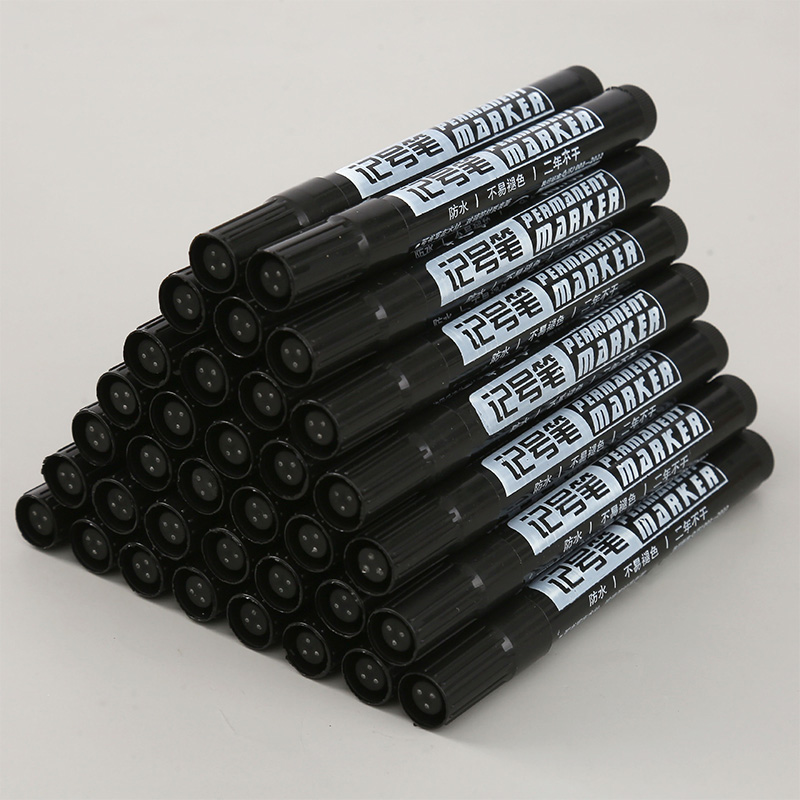As workplaces and classrooms continue to evolve in the digital age, one tool has maintained—and even expanded—its role in communication and collaboration: the whiteboard marker. While its simplicity may appear outdated next to cutting-edge tech solutions, the whiteboard marker remains a critical asset in both physical and virtual spaces, valued for its immediacy, clarity, and flexibility.
From corporate boardrooms to home offices and from lecture halls to art studios, whiteboard markers are enjoying a renaissance—driven not by nostalgia, but by their unmatched ability to facilitate real-time thinking, spontaneous creativity, and visual engagement.
The Unseen Powerhouse in Modern Workspaces
Despite the growing use of digital collaboration platforms like Zoom, Miro, and Google Meet, whiteboards and their accompanying markers are far from obsolete. In fact, as hybrid teams juggle in-person and remote work, many organizations are turning back to physical brainstorming methods to spark collaboration and reduce screen fatigue.
“Sometimes, there’s no substitute for standing up and drawing out your ideas,” says Kevin Wu, an IT team lead at a multinational tech firm. “Whiteboards give our team a low-friction way to quickly build workflows, solve problems, and iterate—no logins or battery charges required.”
The key enabler in this process is the whiteboard marker, designed for high-visibility markings and rapid erasure. With ultra-low odor formulas, vibrant ink, and consistent flow, today’s markers offer high performance with minimal maintenance. Newer models even incorporate refillable cartridges and replaceable tips, making them a more sustainable and cost-effective office supply.
A Mainstay in Educational Environments
In schools and universities, whiteboard markers are integral tools for both teachers and students. Educators use them to explain concepts, solve problems in real time, and visually engage students during discussions. The tactile process of writing and drawing with a marker not only reinforces learning but also encourages participation.

Many students have also adopted whiteboard markers for personal study aids, using small whiteboards to practice math problems, sketch diagrams, or organize ideas for essays and projects. This hands-on learning approach appeals especially to visual and kinesthetic learners, providing instant feedback and flexibility without the permanence of pen and paper.
To support diverse classroom needs, manufacturers now offer chisel, bullet, and fine-point tips, along with a range of colors, including pastels and neons, to differentiate lessons, highlight key information, or add a creative flair to the learning process.
Creative Uses in Art, Design, and Beyond
Whiteboard markers are no longer limited to standard whiteboards. Artists, designers, and makers are using them on glass surfaces, mirrors, ceramics, and acrylic sheets to create temporary displays, mood boards, and interactive installations.
In retail and hospitality sectors, they serve as quick signage tools—marking specials, writing customer notes, or adjusting menus on the fly. Event planners use them on display panels to guide guests or collect feedback in engaging ways.
Their easy cleanup and smooth application make whiteboard markers especially appealing for settings where constant updates are required and permanence isn’t necessary. Some brands now produce liquid chalk whiteboard markers, which blend traditional marker ease with the look of chalk writing—for cafés, pop-ups, and creative studios.
Market Trends: Innovation, Sustainability, and Ergonomics
Driven by increased demand in remote and hybrid environments, the whiteboard marker market is witnessing a surge in product innovation. Newer offerings prioritize:
Low-odor, non-toxic ink for enclosed or shared spaces
Refillable designs to reduce plastic waste
Magnetic caps or pen holders for convenient storage
Quick-drying formulas to prevent smudging during fast-paced use
Transparent ink indicators to monitor ink levels
At the same time, sustainability-conscious consumers and institutions are gravitating toward eco-friendly models. Several companies now offer markers with recycled plastic barrels, and others have developed ink cartridges that are compostable or packaged in minimal materials.
These innovations align with broader corporate and institutional goals around reducing office waste, improving product longevity, and lowering the cost of restocking frequently used tools.
Digital Integration and Hybrid Synergy
Interestingly, whiteboard markers are also finding their place in tech-integrated settings. Many offices now use smart whiteboards—devices that digitize marker input in real time and upload it to cloud platforms. This allows remote participants to view and contribute to brainstorm sessions and diagrams, effectively bridging analog and digital workflows.